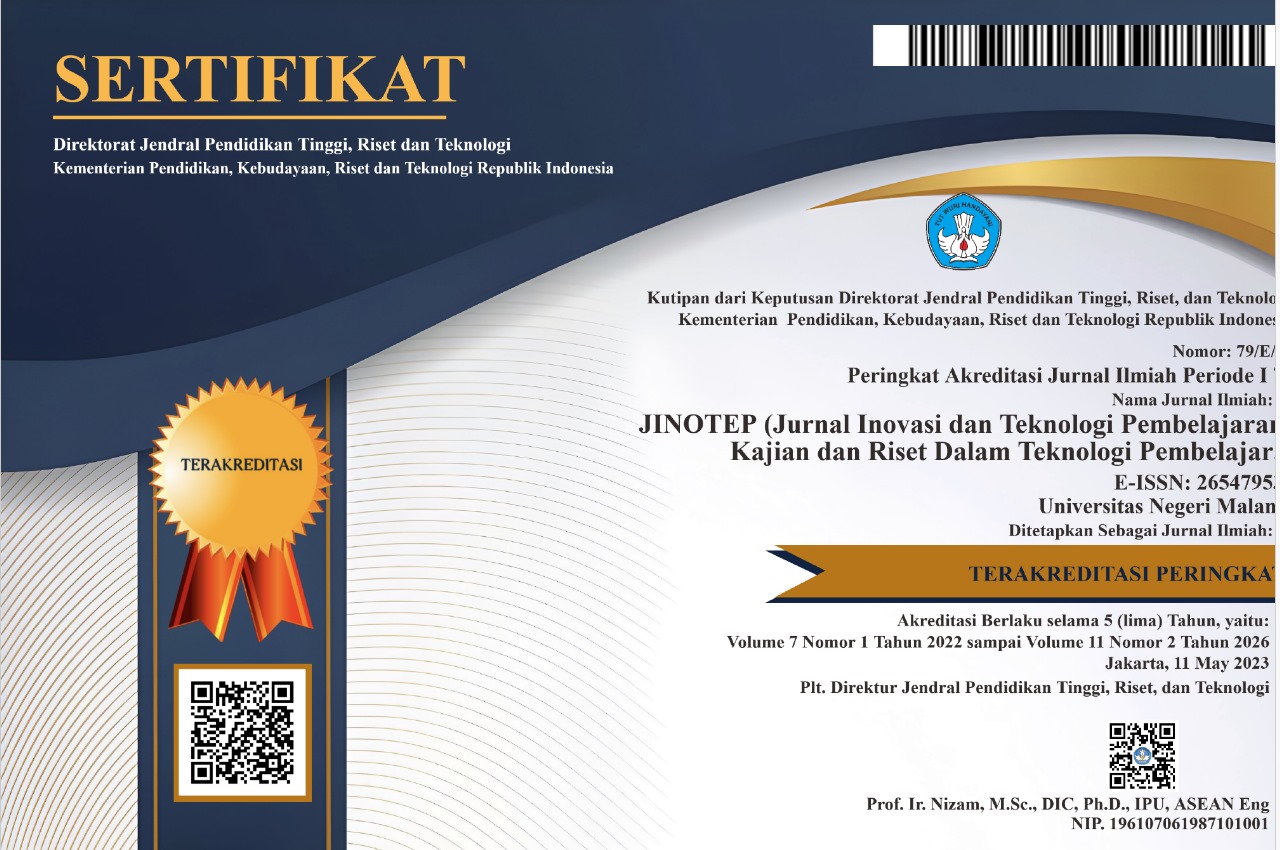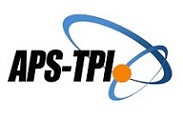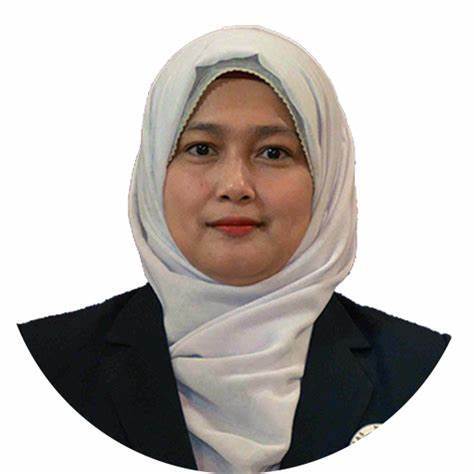Kemampuan Berpikir Kritis Warga Negara dan Kekuatan Metode Debat
Abstract
Abstrak: Setiap warga negara dituntut memiliki kemampuan berpikir kritis dalam menjalankan kehidupan. Kemampuan berpikir kritis menjadi kebutuhan yang mendasar di masa mendatang dalam memutuskan berbagai permasalahan yang muncul dengan cepat dan komplek, keputusan yang diambil juga harus cermat. Warga negara tidak mungkin memiliki kemampuan berpikir kritis jika tidak dibelajarkan sejak awal, dimana kemampuan berpikir kritis akan berkembang dalam proses belajar yang mendorong keterlibatan pebelajar secara aktif, baik secara fisik dan psikis, sehingga tidak akan muncul dalam kegiatan belajar yang pasif, pebelajar tidak memiliki banyak peran. Belajar aktif, mendorong pebelajar untuk mendengar, berbicara, membaca dan menulis. Mereka mengevaluasi, menganalisi, merefleksi, mensitesis, dan kesimpulan. Pembelajaran aktif dapat ditemukan dalam kegiatan belajar yang memposisikan pebelajar pada peran strategisnya. Metode yang menekankan pembelajaran aktif dapat ditemukan dalam metode debat. Metode ini membahas tema yang baru dan kontoversi, pengembangan kemampuan lisan, dan tertulis; membedakan fakta dari penilaian dan pengetahuan dari keyakinan, dan mewujudkan standar intelektual seperti akurasi, dukungan pembuktian, kejelasan dan logika. Metode ini, merupakan bentuk kontroversi lisan yang terdiri dari presentasi sistematis menentang argumen tentang topik yang dipahami pihak lain. Untuk setiap isu, pasti terdapat berbagai sudut pandang terhadap isu tersebut: alasan-alasan mengapa seseorang dapat mendukung atau tidak mendukung suatu isu. Tujuan dari debat adalah untuk mengeksplorasi alasan-alasan di belakang setiap sudut pandang. Agar alasan tersebut dapat dimengerti secara persuasif.
Abstract: Every citizen is required to have the ability to think critically in carrying out life. Critical thinking ability is a fundamental need in the future in deciding various problems that arise quickly and complex, decisions taken must also be careful. Citizens may not have the ability to think critically if they are not taught from the beginning, where critical thinking skills will develop in the learning process that encourages active student involvement, both physically and psychologically, so that they will not appear in passive learning activities, students do not have much role. Active learning encourages students to hear, speak, read and write. They evaluate, analyze, reflect, sensitizes, and conclusions. Active learning can be found in learning activities that position students in their strategic roles. Methods that emphasize active learning can be found in the debate method. This method addresses new themes and controversies, the development of oral and written abilities; distinguish facts from judgment and knowledge of beliefs, and realize intellectual standards such as accuracy, evidence support, clarity, and logic. This method is a form of oral controversy that consists of systematic presentations against arguments on topics understood by others. For each issue, there must be various perspectives on the issue: reasons why someone can support or not support an issue. The purpose of the debate is to explore the reasons behind each point of view. So that these reasons can be understood persuasively.
Keywords
Full Text:
PDFReferences
Alexander, M. E., (2010). Using the fourquestions technique to enhance critical thinking in online discussions. Merlot Journal of Online Learning and Teaching, 6(2), 409-415.
Allison, S. (2002). Debating with talented and gifted students. School Libraries in Canada, 22(1), 13-14.
Branson, M. S. (1998). The Role of Civic Education: A Forthcoming Education Policy Task Force Position Paper from the Communitarian Network, Washington, DC: Center for Civic Education
Branson, M.S. (1999). The Role of Civic Education.Calabasas: CCE
Cogan, J. J. (1999). Civic education in the United States: a brief history. International Journal of Social Education, 14, 52-64.
Crone, J. (1997). Using panel debates to increase student involvement in the introductory sociology class. Teaching Sociology, 25(3), 214-218.
Degeng N.S. (2012). Ilmu Pembelajaran, Klasifikasi Variabel untuk Pengembangan Teori dan Penelitian. Bandung: Aras Media.
Ficher, A., (2008). Berpikir Kritis Sebuah Pengantar. Jakarta: Erlangga.
Goodwin, J. (2003). Students’ perspectives on debate exercises in content area classes. Communication Education, 52(2), 157-163.
Gregory, M., & Holloway, M. (2005). The debate as a pedagogic tool in social policy for social work students. Social Work Education, 24(6), 617-637.
Hall, D., (2011). Debate: innovative teaching to enhance critical thinking and communication skills in healthcare professionals. The Internet Journal of Allied Health Sciences and Practice, 9(3), 1-8.
Halpern, D. F. (1998). Teaching critical thinking for transfer across domains. American Psychologist, 53(9), 449–455.
Hopkins, G. (2003a). Four corner debate. Retrieved Desember 6, 2013, from http://www.educationworld.com/a_lesson/03/lp304-04.shtml
Hopkins, G. (2003b). Stage a debate: A primer for teachers on the Lincoln-Douglas debate format. Retrieved Desember 06, 2013, from ttp://www.educationworld.com/a_lesson/03/lp304-01.shtml
Kennedy, R. R., (2007). In-class debates: fertile ground for active learning and the cultivation of critical thinking and oral communication skills. International Journal of Teaching and Learning in Higher Education, 19(2), 183-190.
Kennedy, R. R., (2009). The power of in-class debates. Active Learning In Higher Education, 10(3). 1-12.
Kuhn, D. (1999). A developmental model of critical thinking. Educational Researcher, 28(1), 16–26.
Krathwohl, D.R., (2002). A revision of Bloom’s taxonomy: An overview. Theory in to Practice, 41(4), 212-218.
Mandernach, B. J., Forrest, K.D., Babutzke, J. L., & Manker, L.R., (2009). The role of instructor interactivity in promoting critical thinking in online and face-to-face classrooms. Merlot Journal of Online Learning dnd Teaching, 5(1), 49-62.
Miri, B., David, B-C., & Uri, Z. (2007). Purposely teaching for the promotion of higher-order thinking skills: a case of critical thinking. Research in Science Education, 37: 353–369
Montessori, M. (2002). Pendidikan kewarganegaraan dan keterampilan berpikir. Demokrasi, 1(1), 52-59.
Musselman, E. (2004). Using structured debate to achieve autonomous student discussion. The History Teacher, 37(3), 335-348.
Nurhadi & Senduk, A. G., (2009). Pembelajaran Kontekstual. Surabaya: PT JePe Press Media Utama.
Osborne, A. (2005). Debate and student development in the history classroom.
Roy, A., & Macchiette, B., (2005). Debating the issues: a tool for augmenting critical thinking skills of marketing students. Journal of Marketing Education, 27(3), 264-276.
Scott, S., (2008). Perceptions of students’ learning critical thinking through debate in a technology classroom: a case study. The Journal of Technology Studies, 34(1), 39-44.
Scriven, M., & Paul, R. (2007). Defining critical thinking. The Critical Thinking Community: Foundation for Critical Thinking. Retrieved Desember 14, 2013,fromhttp://www.criticalthinking.org/abo utCT/define_critical_thinking.cfm.
Simpson, E., & Courtnery, M., (2007). The development of a critical thinking conceptual model to enhance critical thinking skills in middle eastern nurses: a middle eastern experience. Australian Journal Of Advanced Nursing, 25(1), 56-63.
Snyder, L. G., & Snyder, M. J., (2008). Teaching critical thinking and problem solving skills. The Delta Pi Epsilon Journal, 50(2), 90-99.
Surat Keputusan Dirjen Dikti No. 43/Dikti/2006 tentang Rambu-rambu PelaksanaanMata Kuliah Pengembangan Kepribadian di Perguruan Tinggi.
Sutarmo, S.V., (2012). Otak dan Beberapa Fungsinya. Jakarta: Fakultas Kedokteran UI.
Reigeluth, M.C., & Merril, M.D. (1978). A Knowledge Base For Improving Our Methods of Instruction, Educational Psychologist, 13, 57-70.
Reigeluth, M.C., & Merril, M.D. (1979). Class of Instructional Variables: Educational Technology, 19 (3), 5-24.
Reigeluth, M.C. (1983). Instructional-Design Theories and Models: An Overview of Their Current Status. Hillsdale. N.J.: Lawrence Erlbaum Aassosites.
Ten Dam, G., & Volman, M. (2004). Critical thinking as a citizenship competence: teaching strategies. Learning and Instruction, 14(4), 359–379.
Tessier, J. T., (2009). Classroom debate format effect on student learning and revelations about student tendencies. College Teaching, 57(3). 144-152.
Tumposky, N. (2004). The debate debate. Clearing House, 78(2), 52-55.
Walker, M., & Warhurst, C. (2000). “In most classes you sit around very quietly at a table and get lectured at …”: Debates, assessment, and student learning. Teaching in Higher Education, 5(1), 33-49.
Walker, S.E. (2003). Active learning strategies to promote critical thinking. Journal of Athletic Training, 38 (3), 263-267.
Widodo, A., (2006). Taksonomi Bloom dan pengembangan butir soal. Buletin Puspendik, 3 (2), 18-29.
Winataputra, U.S., (2006). Konsep dan Strategi Pendidikan Kewarganegaraan di Sekolah: Tinjauan Psiko-Pedagogis. Jakarta: Panitia Semiloka Pembudayaan Nilai Pancasila. Dit. Dikdas, Ditjen Mandikdasmen (Makalah)
Yang, S. C. and Chung, T.Y. (2009). Experimental study of teaching critical thinking in civic education in Taiwanese junior high school. British Journal of Educational Psychology , 79, 29–55
Yildirim, B & Ozkahraman, S., (2011). Critical thinking in nursing process and education. International Journal of Humanities and Social Science, 1(13), 257-262.
Zamroni. (2003). Pendidikan untuk Demokrasi. Yogyakarta: Bigraf Publishing.
DOI: http://dx.doi.org/10.17977/um031v1i12014p058
Refbacks
- There are currently no refbacks.
Copyright (c) 2014 A. Jauhar Fuad

This work is licensed under a Creative Commons Attribution-ShareAlike 4.0 International License.
======================================================================
Jurnal Inovasi dan Teknologi Pembelajaran published by Universitas Negeri Malang in collaboration with the Asosiasi Program Studi Teknologi Pendidikan Indonesia (APS TPI) and Ikatan Profesi Teknologi Pendidikan Indonesia (IPTPI) with a MoU.
Publisher Address:
Educational Technology Laboratorium, Building D5, 1st Floor
Faculty of Education, Universitas Negeri Malang
Semarang St. No. 5, Malang City, East Java Province, Postal Code 65145
Email: jinotep.fip@um.ac.id
======================================================================

JINOTEP is licensed under a Creative Commons Attribution-ShareAlike 4.0 International License.
JINOTEP Statistics (Since July 13th, 2020)


.png)




.png)
1.png)
1.png)
4.png)
2.png)
1.png)
1.png)
.png)


_3.png)





1.png)
.png)